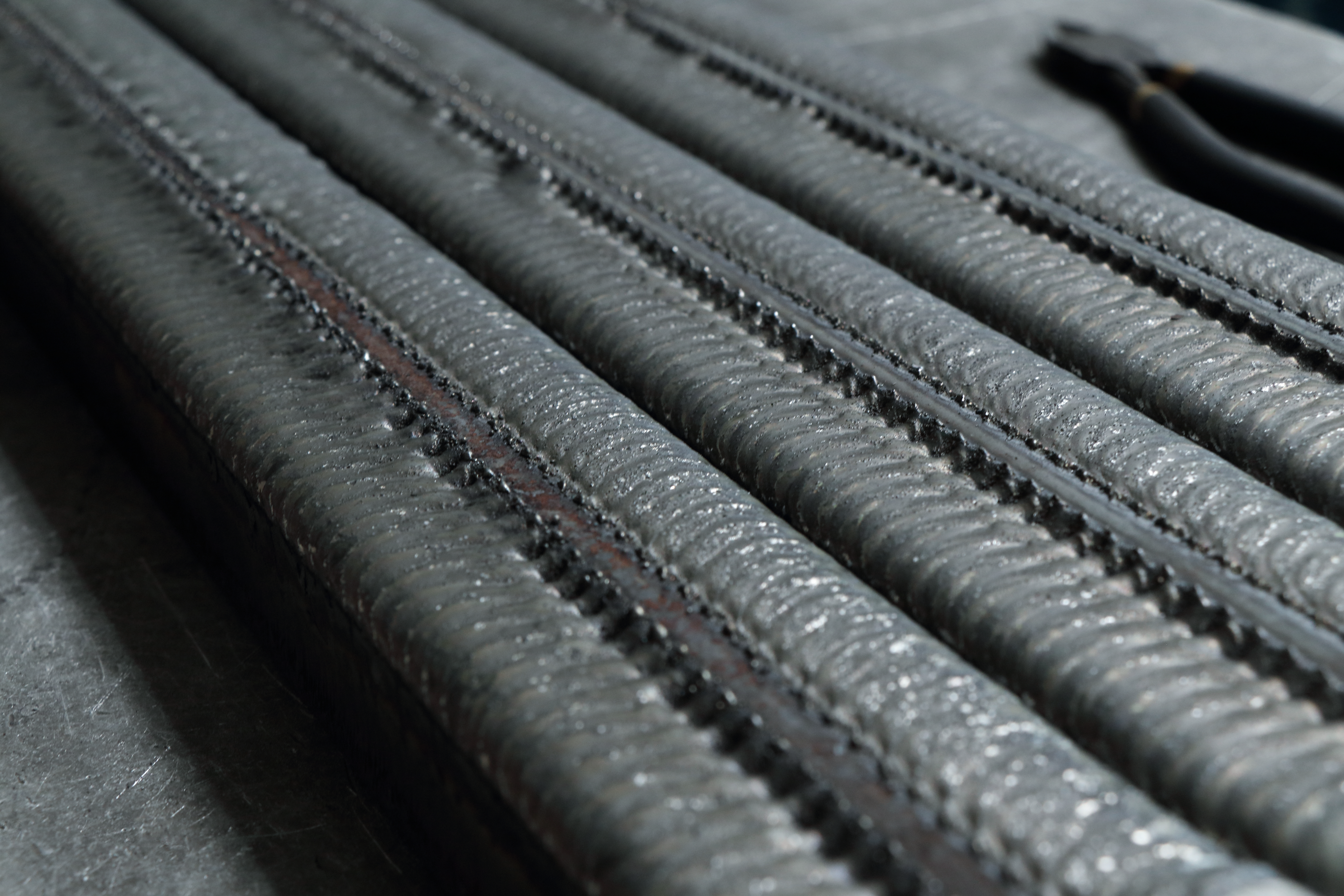Welding technology, as the backbone of modern manufacturing, bears the burden of building everything from small electronic devices to large structural bridges. With the rapid development of technology, welding technology is undergoing a revolution from traditional manual to highly automated and intelligent. This press release will provide you with an exhaustive analysis of welding technology, from the basic technical categorization to the latest technological applications, demonstrating its key role in modern manufacturing.
What is welding?
Welding is the process of permanently joining materials (usually metals or thermoplastics) at the atomic level by heat or pressure (or a combination of both). The process usually involves the use of filler material (wire or rod) to add strength and stability to the joint.
Classification and Application of Welding Techniques
Welding techniques can be classified into the following categories depending on the heat source and mode of operation:
1.Arc Welding: This is one of the most common welding techniques, in which high temperatures generated by an electric arc are used to melt metallic materials. It includes multiple subcategories such as:
- SMAW (Manual Arc Welding) : It is also known as Stick Welding and is suitable for various industrial and small scale repair work.
- Shielded Gas Arc Welding (e.g. TIG and MIG): TIG welding provides a high quality weld but is slower and suitable for precision work, while MIG welding is faster and suitable for production line work.
2. RESISTANCE WELDING: Welding is accomplished by generating heat through the resistance of the workpiece contact surfaces. Common resistance welding techniques include:
- Spot Welding: mainly used for fast welding of thin metal sheets, widely used in the automobile manufacturing industry.
- Seam Welding: Used to create continuous weld seams, commonly used in the barrel industry and pipe manufacturing.
3. Energy Beam Welding: uses a high energy density beam of light or electrons, such as:
- Laser Welding: Provides high precision welding, capable of joining hard-to-reach parts, widely used in precision engineering.
- Electron Beam Welding: performed in a vacuum, mainly used in the aerospace and nuclear industries.
4. Solid Phase Welding: welding under conditions where the material has not reached its melting point, for example:
- Friction welding: welding is achieved by mechanical friction and pressure and is suitable for joining different types of metals.
- Explosive welding: joining of metals using pressure generated by explosives, suitable for welding large areas of sheet metal.
Innovations and future trends in welding technology
With Industry 4.0, welding technology is increasingly integrating automation and intelligent solutions. For example, robotic welding not only improves productivity, but also ensures consistent welding quality by monitoring and adjusting welding parameters in real time. In addition, additive manufacturing (3D printing technology) is taking welding to a whole new level, enabling the fabrication of complex structures by adding material layer by layer, a technique that is particularly suited to the production of customized parts and complex assemblies.
The importance of environmentally friendly welding technology
Environmental protection has become an important direction in the development of modern welding technology. As environmental regulations become increasingly stringent, controlling emissions during the welding process is particularly critical. For this reason, the industry is developing welding methods and materials with low fumes, low radioactivity and high efficiency. Examples include the use of lead-free solders and low volatile organic compound (VOC) soldering materials, as well as optimized soldering processes to reduce energy consumption and improve material utilization.
Development of Education and Training
As welding technology advances, so do the demands on welding engineers and technicians. Education and training organizations are updating course content to include more knowledge about automation, robotics and new material applications. In addition, the introduction of Virtual Reality (VR) and Augmented Reality (AR) technology is providing a more intuitive and interactive way of learning for welding training, enabling trainees to safely master complex welding skills in a simulated environment.
Future Outlook
Looking to the future, the development of welding technology will be more focused on improving efficiency and reducing environmental impact. With the introduction of new materials and high-tech equipment, we can expect to see more variety and refinement in welding technology. In addition, as the global economy and industrial structure changes, welding technology will continue to play a key role in connecting the global manufacturing industry.
Post time: May-13-2024
